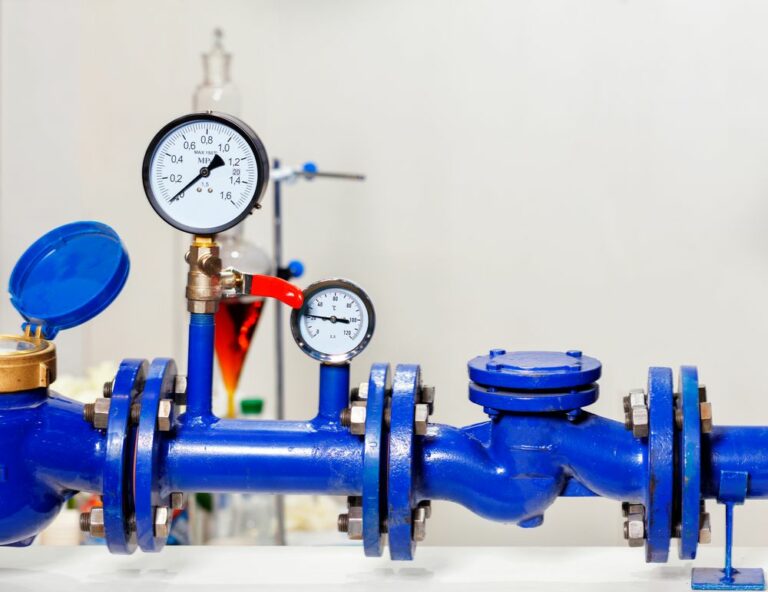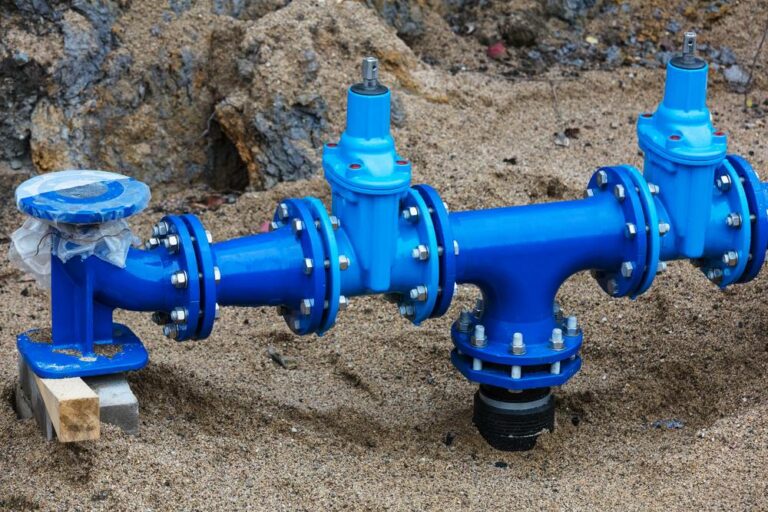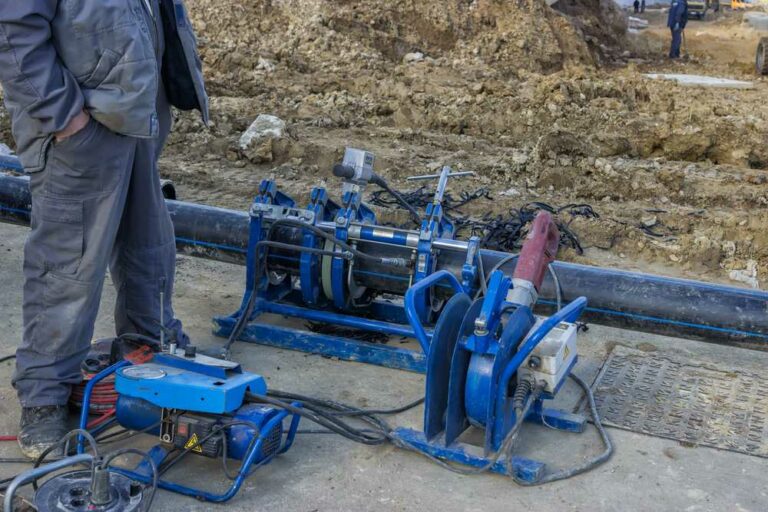Understanding Backflow: Causes and Risks
As experts in the field of backflows, the team at Backflows Only is committed to raising awareness about the potential hazards of backflow. Backflow, the undesirable reversal of water flow in a plumbing system, can occur due to two main conditions: back siphonage and back pressure. In this blog post, we will delve into these conditions, shedding light on the risks they pose to the safety and quality of our water supply.
Understanding Backsiphonage
Backsiphonage stands as a leading cause of backflow incidents. It arises when there is reduced pressure in the distribution system, allowing water to flow in the opposite direction. Several scenarios can lead to backsiphonage, including:
- Water Main Breaks: When a water main breaks or experiences a sudden drop in pressure, the resulting vacuum effect can draw water back into the distribution system from a building’s plumbing system. This backflow potential can compromise the safety and quality of the water supply.
- Firefighting Operations: Intense firefighting activities, such as hydrant use or water withdrawals for firefighting purposes, can create a sudden drop in pressure, resulting in backsiphonage if proper precautions are not taken.
- Water Supply Interruptions: Planned or unplanned interruptions in the water supply, such as maintenance or repairs, can cause negative pressure in the pipes, leading to backsiphonage.
- Understanding backsiphonage is critical as it can introduce contaminants, chemicals, or pollutants into the water supply, jeopardizing its safety. To prevent backsiphonage, it is crucial to have backflow prevention devices, such as backflow preventers or air gaps, installed at appropriate points in the plumbing system.
Understanding Backpressure
Backpressure is another significant cause of backflow incidents that occurs when there is increased pressure in the plumbing system. Recognizing the sources and implications of backpressure is crucial for maintaining the integrity of the water supply. This subtopic will cover the following aspects:
- Unveiling the Impact of Irrigation Systems: Examining how poorly designed or malfunctioning irrigation systems can create higher pressure zones, potentially forcing contaminated water back into the potable water supply.
- Shedding Light on Backpressure from Boiler Systems and Heating Equipment: Discussing the risks associated with faulty pressure control valves or improperly installed systems, which can lead to excessive pressure and the backflow of water containing rust, sediment, or chemicals.
Conclusion:
Understanding the two main conditions that can cause backflow, namely backsiphonage and backpressure, is crucial in safeguarding the water supply from contamination. At Backflows Only, our team of experts is dedicated to promoting water safety and raising awareness about the risks associated with backflow incidents. We urge homeowners and business owners to prioritize the proper installation and maintenance of backflow prevention devices. Together, we can protect the integrity of our water supply, ensure public health, and contribute to a safer environment.
If you require professional assistance in assessing your plumbing system or installing backflow prevention devices, our experienced team at Backflows Only is here to provide expert guidance and services. Let us work together to prioritize water safety and protect our communities from the hazards associated with backflow incidents.







